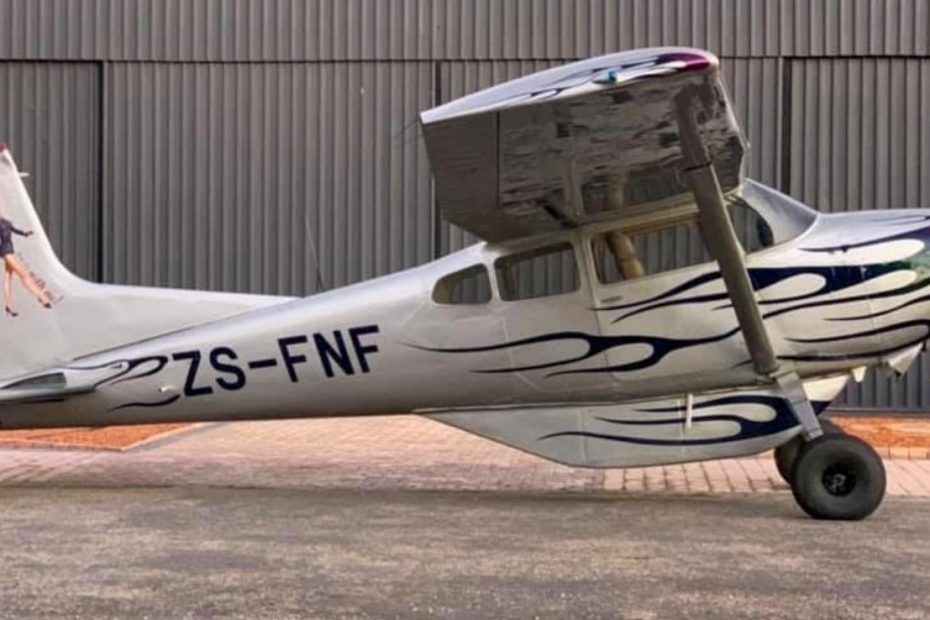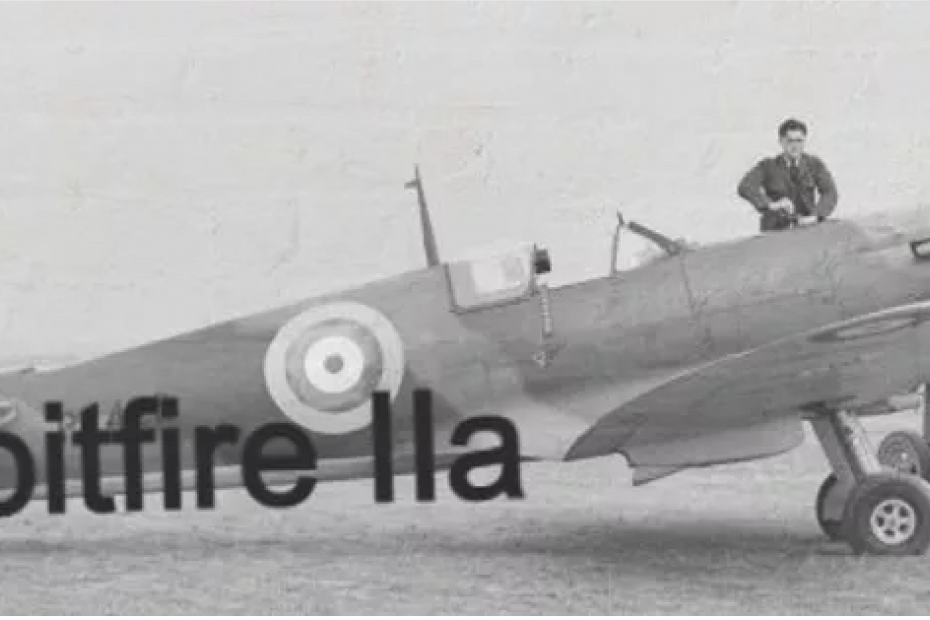Sopwith Dove

Price: £200,000 GBP
An exact reconstruction, constructed by Skysport Engineering
The Dove is a two-seater version of the famous Pup, one of the most delightful of Service machines as far as ease of flying is concerned.
A sporting two-seater, the Dove first flew in March 1919, and like the Pup was powered by an 80hp Le Rhône rotary engine. In August 1919, Sopwith’s advertisement in Flight magazine announced: ‘The Sopwith “Dove” is a sporting and utility aeroplane, based, in point of design and general arrangement upon the famous Sopwith “Pup”. With its fast climb, high-speed, quick manoeuvrability and wide speed range it is an ideal safety-first pleasure aircraft.’
Aircraft Information
C. 1990 SOPWITH DOVE TWO-SEAT BIPLANE
REGISTRATION NO. G-EAGA
CONSTRUCTION NO. 3004/1
- Derived from the Sopwith Pup fighter
- An exact reconstruction, constructed by Skysport Engineering
- An original 1919 80hp Le Rhône engine
- Dual controls
- Airframe hours: 12
- Engine hours: 2.5 (since complete overhaul)
- Hangared, maintained and flown by the Shuttleworth Collection (agreement extendable) Footnotes
Ground Engine run video:
The Dove is a two-seater version of the famous Pup, one of the most delightful of Service machines as far as ease of flying is concerned. This machine produced as a sporting two-seater should prove a great favourite for general utility and stunt flying.’ – The Aeroplane, 31st December 1919.
Founded in 1912 by Thomas (‘Tommy’, later Sir Thomas) Sopwith, the Sopwith Aviation Company would go on to supply more than 16,000 aircraft to the Allies during WWI. The company’s first factory was located at Kingston-upon-Thames, with a second added at nearby Ham in 1917, from which would emerge such iconic designs as the Triplane, Pup, Camel, and Snipe fighters.
With the war’s end in sight, all of Britain’s aircraft manufacturers, Sopwith included, were faced with having to restructure their production to cope with greatly reduced demand, while at the same time developing new designs for the emerging civilian market. One of Sopwith’s first civilian models was the Dove biplane, which shared many features with the popular Pup fighter. Basing the Dove on the Pup was a shrewd move, for the latter was considered one of the easiest of types to fly, unlike the more demanding Camel and Snipe.
A sporting two-seater, the Dove first flew in March 1919, and like the Pup was powered by an 80hp Le Rhône rotary engine. In August 1919, Sopwith’s advertisement in Flight magazine announced: ‘The Sopwith “Dove” is a sporting and utility aeroplane, based, in point of design and general arrangement upon the famous Sopwith “Pup”. With its fast climb, high-speed, quick manoeuvrability and wide speed range it is an ideal safety-first pleasure aircraft.’
With a wingspan of 25ft, an overall length of 19ft 6in, and a fully loaded weight of 1,430lb, the Dove had a speed range of 60-100mph and could climb to 5,000ft in 7½ minutes. Range was 200-250 miles. With countless ex-military aircraft on the market, and trading conditions difficult, Sopwith struggled to find buyers in Britain, and most of the relatively few Doves built ended up being exported to Australia and Sweden. The Sopwith company did not survive long after WWI; an attempt to diversify into motorcycle production ended in failure, and by the end of 1920 the firm had been wound up, its assets being acquired by Hawker Engineering.
The Dove we offer, ‘G-EAGA’, was built by Skysport Engineering in 1993, under the personal direction of proprietor Tim Moore. Tim is well known for the detail of his construction and flare for this type of aircraft, even to the extent of hand painting the airframe number on the firewall behind the engine, exactly as it was done in the Sopwith factory. This is unseen from the outside but shows the level of attention to detail; so much so that this aircraft is in fact ‘another’ Sopwith Dove.
Some original parts from the Shuttleworth Collection’s Sopwith Pup, which was originally a Sopwith Dove, have been incorporated to the aircraft. On completion, it was registered as ‘G-EAGA’, inheriting the identity of the Dove ‘W/O 3004/1’, which had been first registered to the Sopwith Aviation & Engineering Co Ltd on 3rd July 1919 as ‘K157’ (later ‘G-EAGA’).
Following minor damage sustained in a landing accident in July 2000, the engine was rebuilt and a new propeller fitted, and the undercarriage repaired. The engine had already been fitted with aluminium pistons, resulting in a noticeable improvement in performance.
The present owner has an arrangement with the Shuttleworth Trust whereby they hangar and maintain the Dove and use it in their regular air displays. The Trust is world famous for its knowledge and expertise in maintaining this type of aircraft. They also have at their disposal world class pilots, well known for their care and handling of the Trust’s rare and valuable machinery. The present owner’s agreement with the Trust can be transferred to the new owner upon the sale of the Dove, thereby eliminating all concern regarding its maintenance and flying.
This represents a wonderful opportunity to learn to fly the aircraft with the invaluable help and advice from world class experts.
In May 2015, ‘G-EAGA’ was dismantled and despatched to the Shuttleworth Collection at Old Warden aerodrome for re-assembly and final testing prior to obtaining a Permit to Fly. It is offered with a copy of the illustrated monograph ‘Sopwith Dove’ by Philip Jarrett, which relates the history of the model and records details of individual Doves (including ‘G-EAGA’). It concludes with this Dove’s owner’s impressions of what the aircraft is like to fly (perusal recommended).


